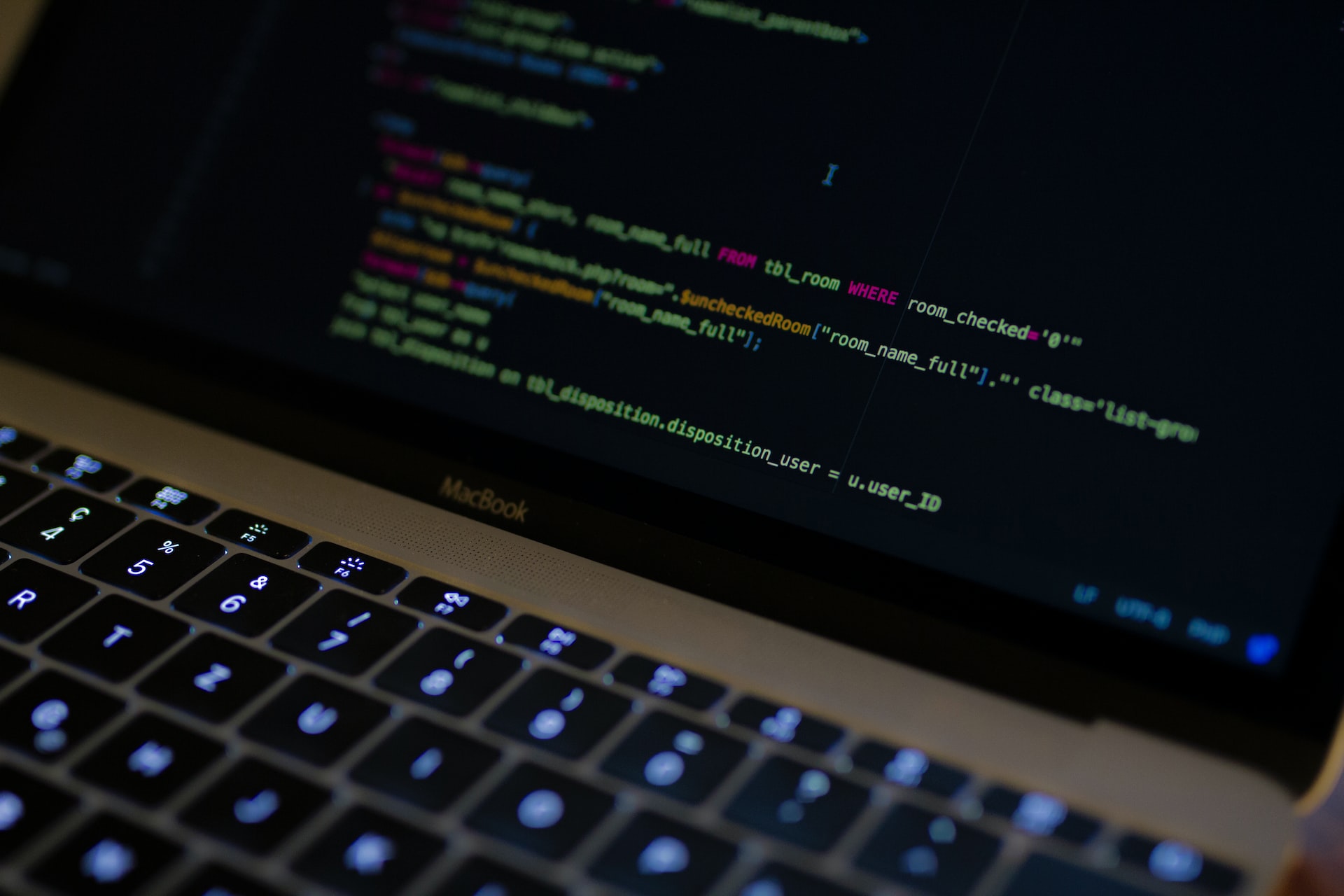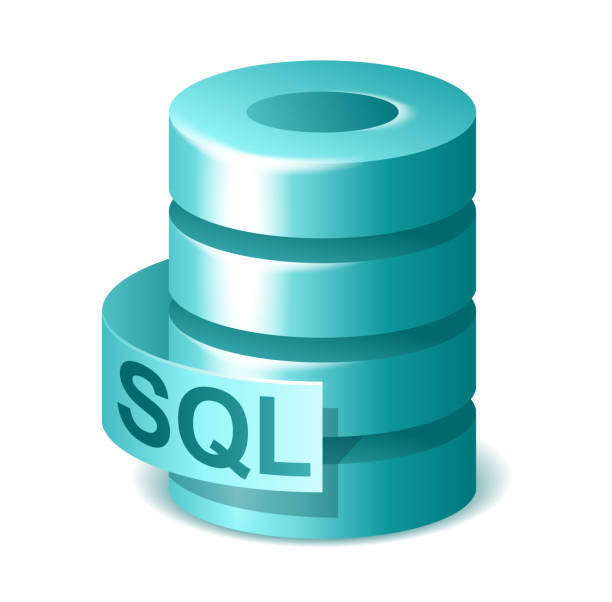Data analytics is an essential skill in today’s data-driven world, and mastering it can open up numerous career opportunities. If you’re a beginner looking to break into the field, it’s crucial to familiarize yourself with the right tools. In this blog post, we’ll explore the top 5 data analytics tools that every beginner should consider, making it easier for you to kickstart your journey in this exciting domain. So, let’s dive in and discover these powerful tools.
Microsoft Excel
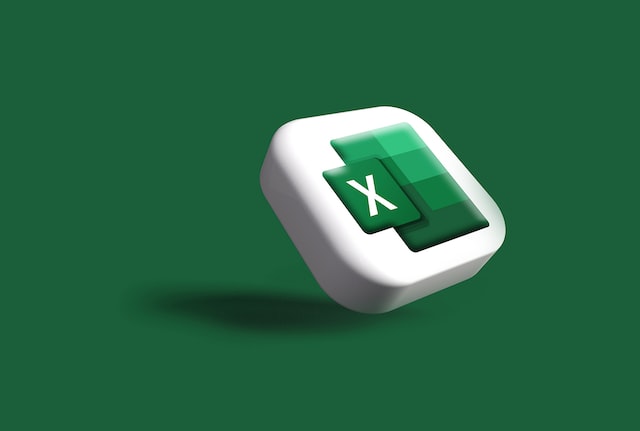
Microsoft Excel might seem like an obvious choice, but it is indeed one of the most widely used data analytics tools. It’s an excellent starting point for beginners, as it provides a user-friendly interface and powerful features for data manipulation, analysis, and visualization.
Excel offers various functions and formulas that allow you to perform calculations, filter and sort data, and create pivot tables to summarize large datasets. With Excel’s charting capabilities, you can easily create visually appealing graphs and charts to help you communicate your findings.
While Excel has its limitations, especially when working with very large datasets or complex analyses, it is a valuable tool for learning the fundamentals of data analytics.
Tableau
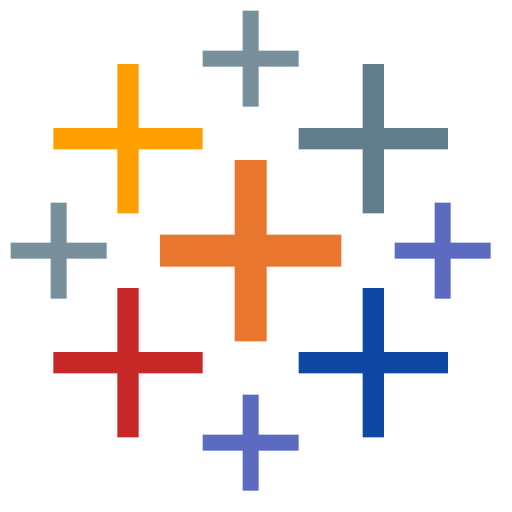
Tableau is a popular data visualization tool that enables you to create interactive and shareable dashboards. It’s designed to be user-friendly, allowing even beginners to create visually stunning and insightful visualizations with little to no coding experience.
Tableau connects to a wide range of data sources, including spreadsheets, databases, and cloud-based data storage. The intuitive drag-and-drop interface makes it easy to build visualizations, explore data, and uncover hidden insights.
Tableau also offers a free version called Tableau Public, which is perfect for beginners to learn the ropes and start creating their visualizations.
Python
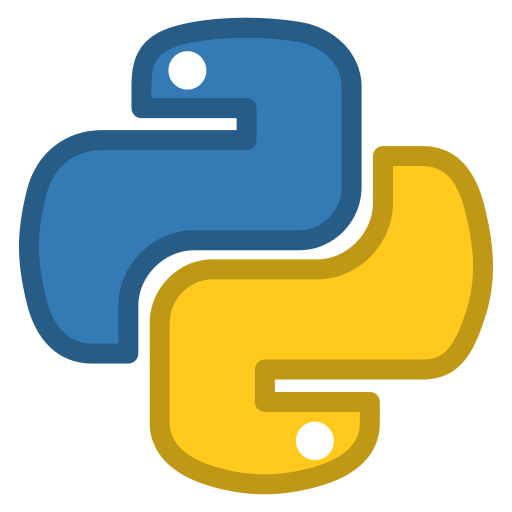
Python is a versatile and powerful programming language, widely used in data analytics and data science. It’s known for its readability and simplicity, making it an excellent choice for beginners.
Python has an extensive ecosystem of libraries and packages that cater to data analytics tasks. Some of the most popular ones include:
- NumPy: a library for numerical computing and working with arrays.
- pandas: a powerful library for data manipulation and analysis, which introduces the DataFrame, a flexible data structure for handling datasets.
- Matplotlib and Seaborn: libraries for data visualization and creating a wide range of plots and charts.
- scikit-learn: a machine learning library that provides tools for data mining, data analysis, and model building.
By learning Python and its relevant libraries, you’ll be well-equipped to handle complex data analytics tasks and even venture into more advanced fields like machine learning and artificial intelligence.
R
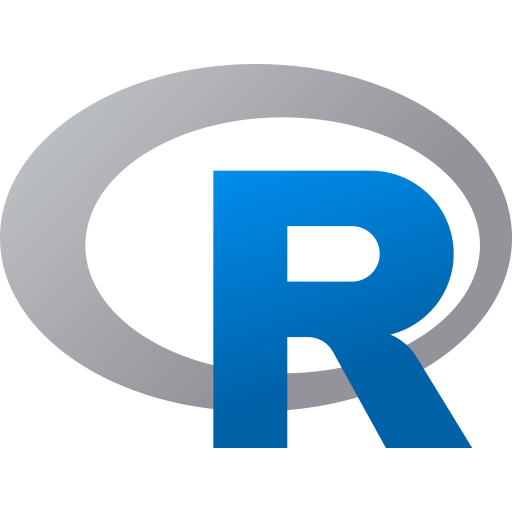
R is another programming language specifically designed for statistical computing and data analysis. It has a vast collection of packages and libraries for data manipulation, visualization, and statistical modeling, making it a popular choice among statisticians and data analysts.
Some key features of R include:
- A powerful and flexible language for data manipulation and analysis.
- A wide range of libraries, such as dplyr (data manipulation), ggplot2 (data visualization), and caret (machine learning).
- An active community that continuously contributes to and maintains the ecosystem of packages and libraries.
R has a steeper learning curve compared to Python but offers exceptional capabilities for statistical analysis and data modeling.
SQL
Structured Query Language (SQL) is a domain-specific language used to manage and query relational databases. SQL is an essential skill for data analysts, as databases are a common data storage solution for many organizations.
By learning SQL, you’ll be able to:
- Retrieve and filter data from databases.
- Perform calculations and aggregations on datasets.
- Join multiple tables to create new datasets.
- Insert, update, and delete records in databases.
While SQL is not a full-fledged programming language like Python or R, it plays a crucial role in the data analytics workflow, as it allows you to work with structured data stored in databases effectively.
Conclusion
Starting your journey in data analytics can be overwhelming, but having the right tools in your arsenal can make the process smoother and more enjoyable. By exploring these top 5 data analytics tools—Microsoft Excel, Tableau, Python, R, and SQL—you’ll lay a solid foundation and gain essential skills that will set you on the path to success in this exciting field.
Remember that practice is key, and the more you work with these tools, the more proficient you’ll become. So, don’t hesitate to dive in and start exploring the world of data analytics today.
References:
Chandrasekar, V. (2019). Data Visualization with Tableau. Retrieved from https://www.packtpub.com/data/data-visualization-with-tableau
Grolemund, G., & Wickham, H. (2017). R for Data Science. Retrieved from https://r4ds.had.co.nz/
McKinney, W. (2018). Python for Data Analysis (2nd ed.). Retrieved from https://www.oreilly.com/library/view/python-for-data/9781491957653/
SQLCourse. (n.d.). Interactive Online SQL Training for Beginners. Retrieved from https://www.sqlcourse.com/
Walkenbach, J. (2019). Excel 2019 Bible. Retrieved from https://www.wiley.com/en-us/Excel+2019+Bible-p-9781119514787

